Innocence and its corruption, that enduring theme in postwar American culture — from Catcher in the Rye and Lolita to Jeff Koons’ balloon dogs for billionaires — found its final 20th-century chronicler in Mike Kelley, a working-class kid from Detroit, self-described “blue collar anarchist”, honed into conceptual chic by 1980s California. His chaotic, corrosive, often creepy installations and films, portraying childhood as a catastrophe, are the subject of an exhaustive retrospective touring Europe, and just landed at Tate Modern.
Mike Kelley: Ghost and Spirit is anti-modern to its fingertips, or rather to its glove puppets and the ragged trails of the fabric animals heaped across the gallery’s floors. An early caption explains that “Kelly engaged with craft to resist the dominance of modernist art, which he saw as inherently masculine.” But his first target was to undermine tropes of innocuous play and joy. “More Love Hours Than Can Ever Be Repaid” (1987), his best known piece, squashes grimy thriftstore soft toys and knitted blankets on to canvas: a homespun craft parody of an all-over Jackson Pollock drip painting, nudged with suggestions of love as abuse.
In “Ahh . . . Youth!”, among mugshots of felt and fur creatures, bear, rabbit, monkey, some eyeless or spewing stuffing, all inanely staring, we meet Kelley as recorded in his high school yearbook snapshot, an acne-scarred, unprepossessing teen. Older viewers may recall the crocheted orange bug from this series grinning on the cover of rock band Sonic Youth’s 1992 album Dirty.

Kelley began his career in a punk group, Destroy All Monsters, its instruments including hair dryers, vacuum cleaners and rattles. The mission to irritate was life-long, but at Tate the soundtrack to the line-up of cuddly toys with menacing names (“Eviscerated Corpse”, “Manly Craft”) is an audio cassette recorder playing his faux-adolescent whinge: “I didn’t ask for life . . . don’t leave me mother if you love me how can you bear to see me suffer this agony of fear”. The words get mangled with those blaring from a nearby film, “The Banana Man” (1983), where Kelley in yellow suit with deflated balloon-trailing prick, plays a children’s TV character, initially giggling, then sinister: “come on I can take it harder bigger . . . don’t shrug me off I’m not responsible”.
This demonstrates, says Tate, Kelley’s “persistent deflation of symbols of power” as he champions “the failed, the abject, the proto-queer”. So he does: one minute donning blond plaits as the 19th-century Alpine angel-girl in “Heidi’s Four Basket Dances”, the next directing naked S&M performers doing nasty things to toys while apparently defecating, in “Nostalgic Depiction of the Innocence of Childhood”. (“Paint is used to simulate bodily waste”, Tate reassures.)
These are low hanging fruits: it’s easy to mock sentimental childhood fiction or appropriate the anal fixations of toddlers. The show gets more interesting with gibes at art history’s purities: at minimalism in “Torture Table” — sunken bucket, pillow, knife — and at formalist abstraction in the psycho-architecture of “Educational Complex” (1995), unfortunately displayed here only as slideshow images. A model of white cubes and other pristine geometric constructions, it reconstructs in miniature every building where Kelley was educated; blank spaces represent forgotten sites or “repressed memory syndrome”. It doubly mocks ideals of innocence: Bauhaus and Le Corbusier’s utopian Modernism, and psychotherapy’s false promise of salvation from neurosis by unpacking “recollections’” of childhood abuse. Repressed memory, a 1990s catchphrase, “strikes me as simply an inversion of the family romance”, Kelley said.

Inspired by comics, he returned to architecture in the “Kandors” (2005-09), model cities in crystal hues shrunken into bell jars, converging allusions to Superman (Kandor is his mythical home) and Sylvia Plath: American heroic self-belief and its claustrophobic underside.
Kelley called his final, unfinished work, the raucous, sprawling, insistently trashy “Extracurricular Activity Projective Reconstruction” (2000-11), “a contemporary gesamtkunstwerk that is not utopian in nature but is an extension of our current victim culture”. It restages teen school photos of folk entertainments, dressing up pageants, proms, musicals, as a cacophony of video performances and installations. In flashing lights and candy colours, Hollywood, Halloween, hammer horror, funfairs, “Shy Satanist”, “Sick Vampire”, “Farm Girl”, parades of am-dram witches, devils and their shrieking victims, compete for our attention. In “Switching Marys” the Madonna turns torturer. One wonders how much notions of original sin — Kelley was brought up Roman Catholic — underpin the adolescent transgressive naughtiness.
“This is not real!” screams a boy cowering in an attic, while a juddering motorised fuchsia cloth, “Pink Curtain” spins endlessly, noisily, revealing then concealing the silhouette of a dancer projected on a wall. An early Kelley performance piece was called “Plato’s Cave”. Bananas return too, giant hanging sculptures — slapstick, absurdist, a reminder also of how slippery Kelley always is, and not only in his dramas of illusion versus reality.

What does it mean to exhibit subcultural America in a modern art gallery, or to sell it to wealthy collectors? (Christie’s lauds Kelley’s “sociopathology of everyday life”.) Is it patronising or a pious pose, political — the disconnect between western liberal elites and their left-behind hinterlands — or merely postmodern?
“The world seemed to me a media facade, a fiction, and a pack of lies” Kelley once said. “I was experiencing . . . what has come to be known as the postmodern condition, a form of alienation quite different from postwar existentialism because it lacks any historical sense — there is no notion of a truth that has been lost.”
His persona as disgruntled, deracinated adolescent belongs of course to the gesamtkunstwerk of abject expressions that became his career, every pronouncement — “I make art to give other people my problems”, “I chose to become an artist because I wanted to be a failure” — provocative, though not necessarily untrue. I used to consider those passive-aggressive, outsider-insider stances maddening affectations, but changed my mind when Kelley died by suicide in 2012.
Dovetailing allusions to his uneducated, possibly abusive background — “where you grew up, that’s your inner world” — with the cerebral cool imbibed in California from his teacher John Baldessari, Kelley throughout played around with fiction, make believe, masks, warning of the dangers of nostalgia, foreseeing the America of fake news and identity games. The one consistency is the absolute nihilism.
Art about alienation doesn’t have to alienate — Munch and Hopper are enormously popular — as Kelley does. I didn’t enjoy the show, so devoid of beauty, hope, visual excitement, so heavy on theory and sociology. But I did enjoy afterwards thinking about Kelley, his concern with art’s relationship to society, what gestures might illumine the human condition now.
Tate overrates him: comparisons in the catalogue with James Joyce are risible. More convincingly, art historian Robert Storr suggests Kelley as Pop Art’s dark side, “implicitly correct[ing] Pop’s policy of thinking dirty while keeping clean”.
Pop Art, crisp and fresh, created iconic images; Kelley, murky and insidious, doesn’t. He used to ponder ghosts and spirits, believing that the former soon vanished, the latter hung around. In part his work already looks dated, forgettable, even parochial, but its subversive spirit lives.
To March 9, tate.org.uk
Find out about our latest stories first — follow FTWeekend on Instagram and X, and subscribe to our podcast Life and Art wherever you listen


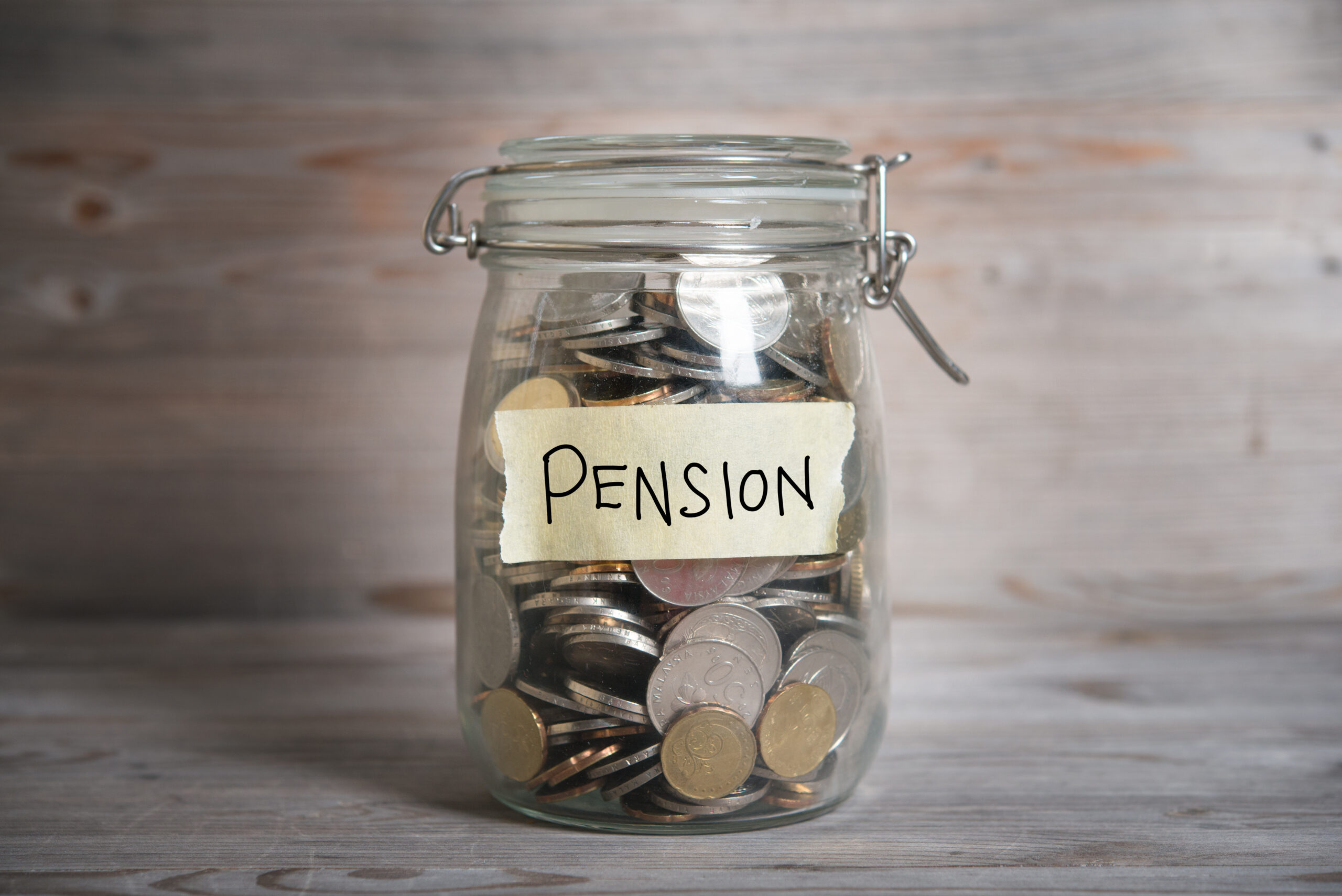

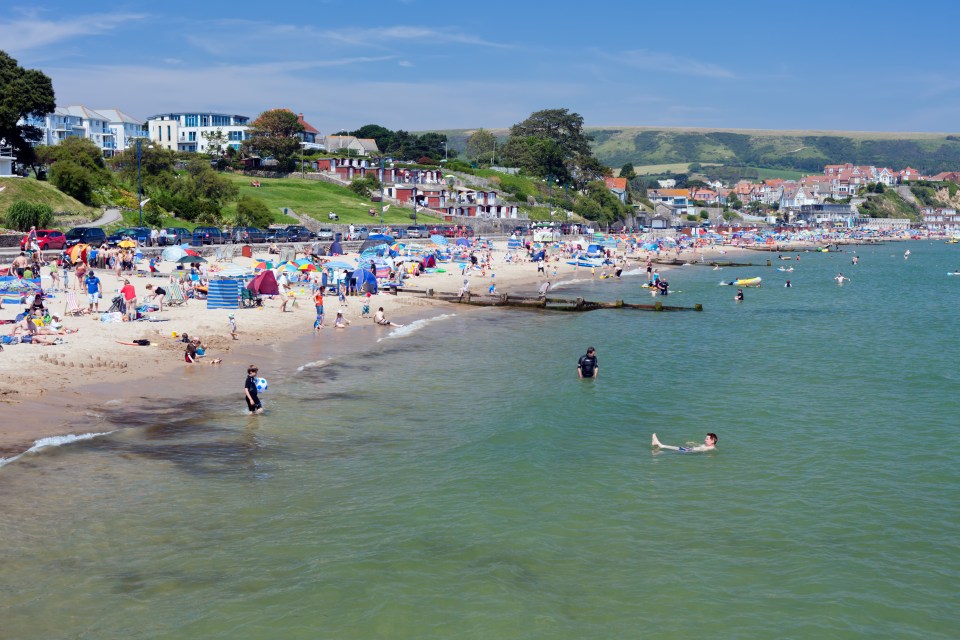

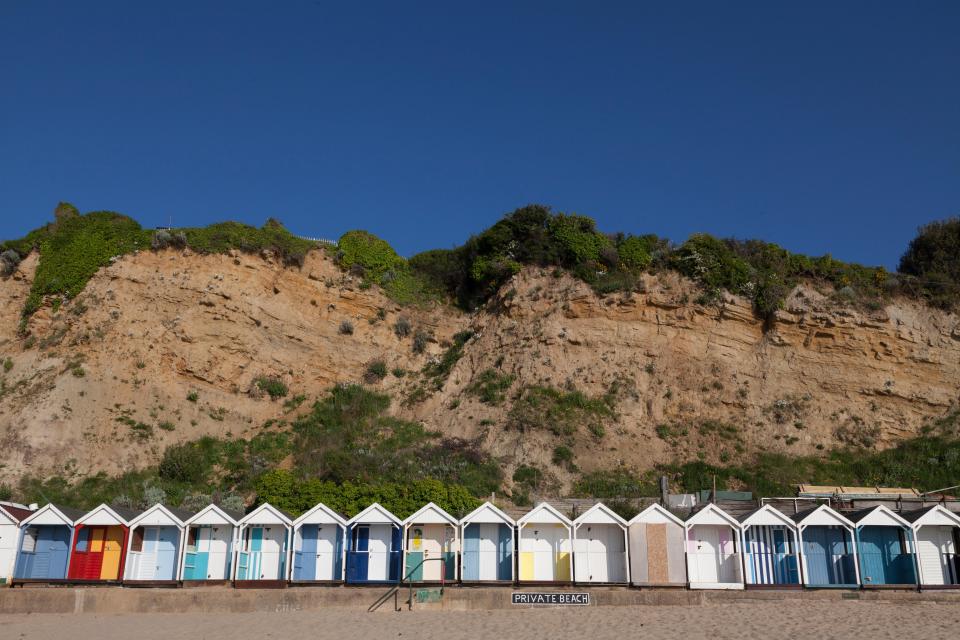
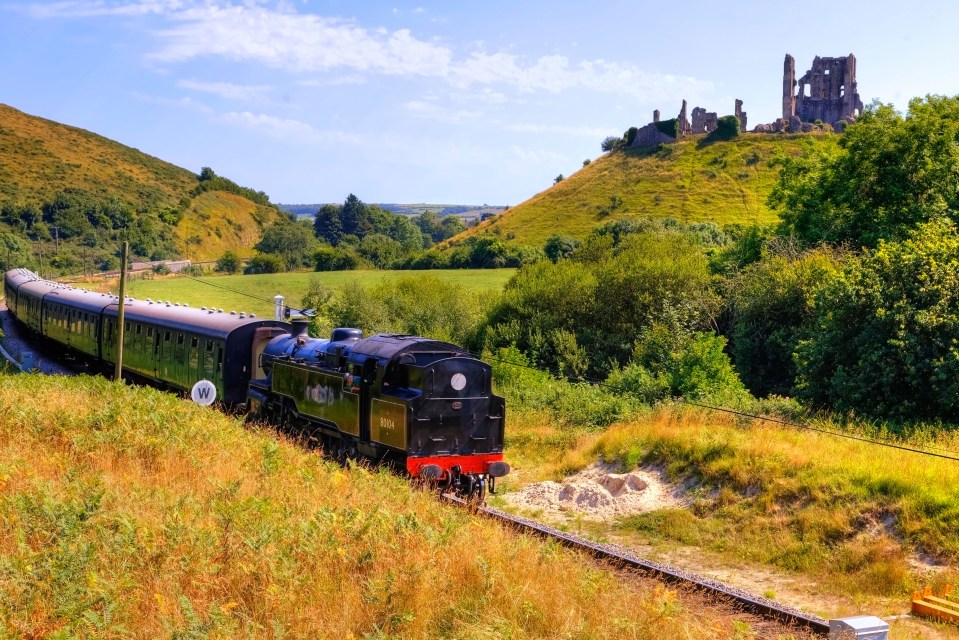

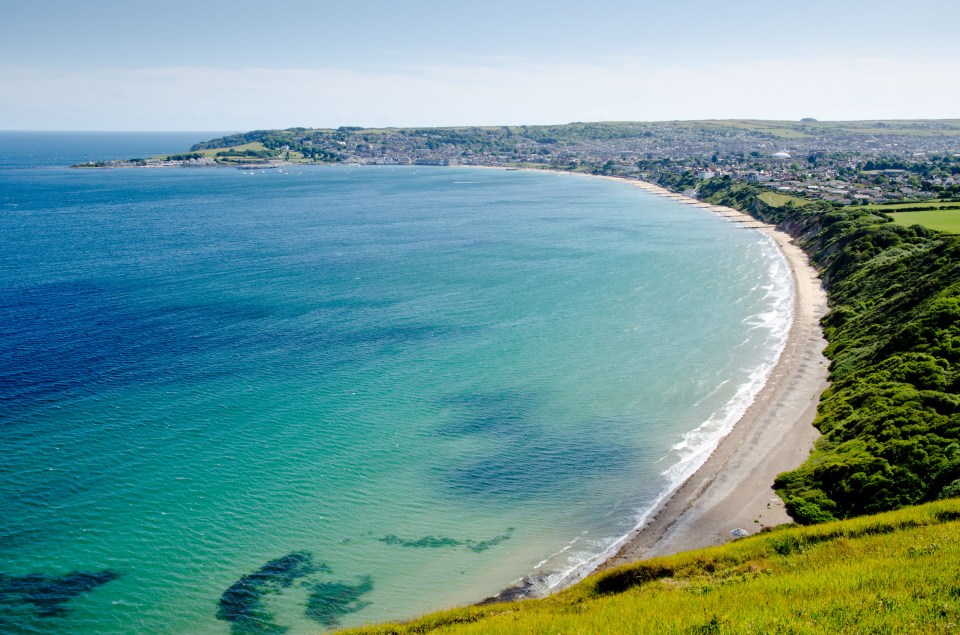


































































































































You must be logged in to post a comment Login